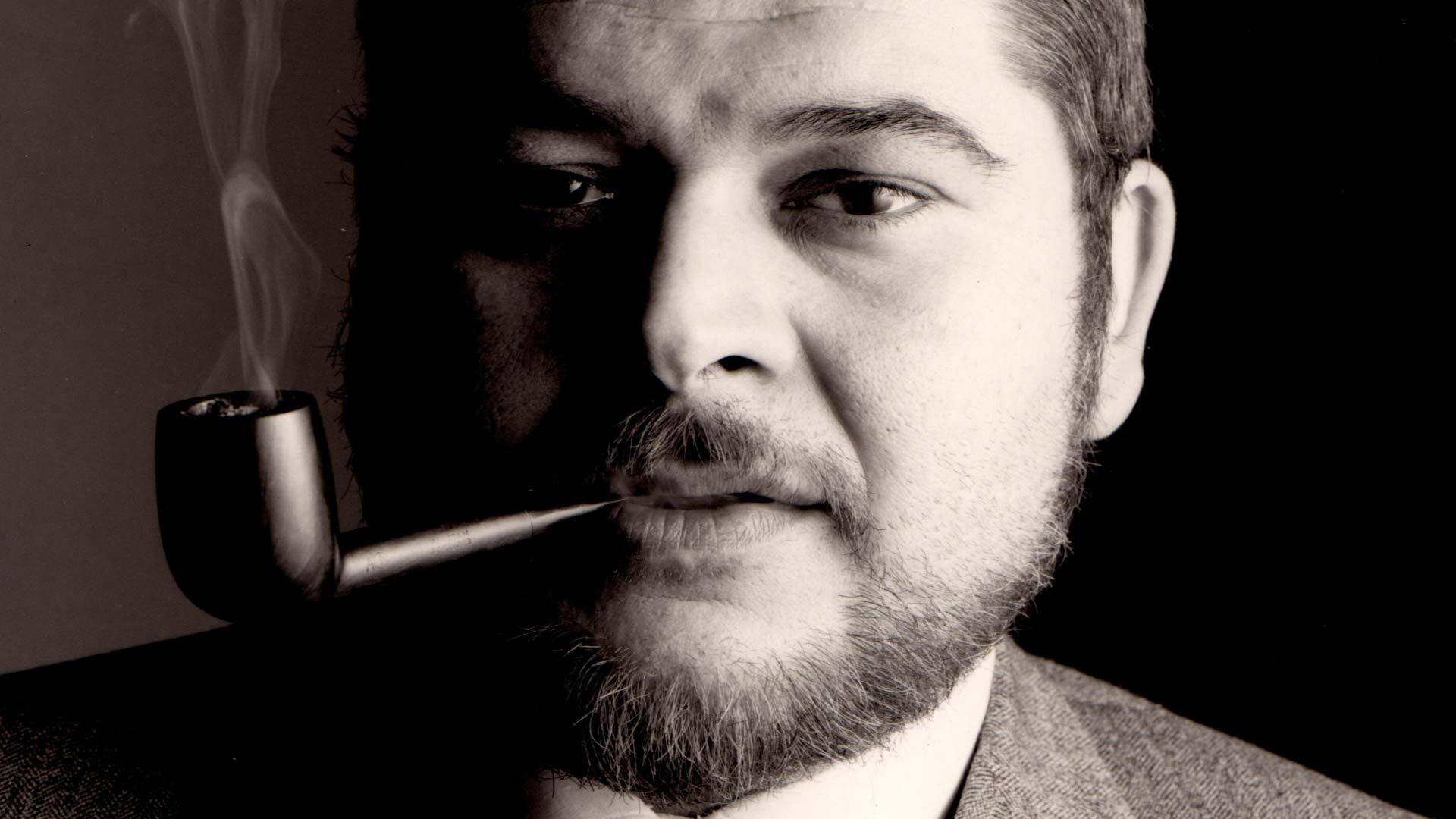
Who was Joe Colombo? Joe Colombo, a name synonymous with organized crime in the 20th century, was a notorious American mobster. Born in 1923, he rose to prominence as the boss of the Colombo crime family, one of New York City's infamous Five Families. His leadership style was marked by a blend of ruthlessness and charisma, making him a formidable figure in the underworld. Colombo's influence extended beyond criminal activities; he founded the Italian-American Civil Rights League, aiming to combat discrimination against Italian-Americans. However, his life was cut short in 1971 when he was shot at a rally, leaving behind a legacy shrouded in both infamy and intrigue.
Key Takeaways:
- Joe Colombo led a dual life as a mafia boss and a civil rights activist, leaving a complex legacy. His influence on organized crime and Italian-American rights continues to captivate audiences in pop culture.
- Despite his criminal activities, Joe Colombo's efforts to unite Italian-Americans and his unique leadership style left a lasting impact on the mafia, shaping the legacy of the Colombo crime family.
Early Life and Background
Joe Colombo, an influential figure in the world of design and organized crime, led a life filled with intriguing events. Let's dive into some fascinating facts about his early years.
-
Joe Colombo was born on June 16, 1923, in Brooklyn, New York. His full name was Joseph Anthony Colombo Sr.
-
His father, Anthony Colombo, was a member of the Profaci crime family, which later became known as the Colombo crime family.
-
Joe attended New Utrecht High School in Brooklyn but dropped out before graduating to join the U.S. Coast Guard during World War II.
-
After the war, he briefly worked as a longshoreman and a salesman before fully immersing himself in organized crime.
Rise in the Mafia
Joe Colombo's ascent in the mafia world was marked by strategic moves and significant events. Here are some key moments from his rise.
-
In the 1950s, Colombo became a made man in the Profaci crime family, solidifying his status in the mafia.
-
He quickly rose through the ranks, becoming a capo, or captain, in the family by the early 1960s.
-
Colombo played a crucial role in the Gallo-Profaci war, a violent conflict within the crime family, which eventually led to his rise to power.
-
In 1963, after the death of Joe Profaci, Colombo was chosen as the new boss of the family, which was then renamed the Colombo crime family.
The Italian-American Civil Rights League
Joe Colombo was not just a mafia boss; he also founded an organization that aimed to fight discrimination against Italian-Americans. Here are some facts about this endeavor.
-
In 1970, Colombo founded the Italian-American Civil Rights League to combat negative stereotypes and discrimination against Italian-Americans.
-
The league quickly gained popularity, organizing large rallies and events, including the first Italian Unity Day rally in New York City.
-
Colombo's efforts with the league brought him significant media attention and a degree of public support, unusual for a mafia boss.
-
The league's activities also drew the ire of law enforcement, who saw it as a front for Colombo's criminal activities.
Assassination Attempt and Aftermath
Joe Colombo's life took a dramatic turn with an assassination attempt that left him severely injured. Here are the details.
-
On June 28, 1971, Colombo was shot three times at close range during the second Italian Unity Day rally in Columbus Circle, New York City.
-
The shooter, Jerome A. Johnson, was immediately killed by Colombo's bodyguards, leaving many questions about who ordered the hit.
-
Colombo survived the shooting but was left paralyzed and in a coma for seven years until his death in 1978.
-
The assassination attempt led to a power struggle within the Colombo crime family, with various factions vying for control.
Personal Life and Legacy
Joe Colombo's personal life and legacy are as complex as his career in organized crime. Here are some insights into his family and lasting impact.
-
Colombo was married to Lucille Faiello, and together they had five children: sons Christopher, Joseph Jr., Anthony, and daughters Catherine and Vincent.
-
His son, Joseph Colombo Jr., followed in his father's footsteps, becoming involved in organized crime and eventually serving time in prison.
-
Despite his criminal activities, Colombo was known to be a devoted family man, often seen spending time with his children and grandchildren.
-
Colombo's legacy is a mix of his contributions to the Italian-American community and his notorious role in organized crime.
Colombo's Influence on Pop Culture
Joe Colombo's life has inspired various portrayals in pop culture, reflecting his complex persona. Here are some examples.
-
The character of Vito Corleone in Mario Puzo's novel "The Godfather" is believed to be partially inspired by Joe Colombo.
-
Colombo's life and the events surrounding the Italian-American Civil Rights League have been depicted in several documentaries and TV shows.
-
The 1972 film "The Valachi Papers" features a character based on Colombo, highlighting his influence on the mafia genre in cinema.
-
Colombo's story continues to captivate audiences, with new books and films exploring his life and impact on organized crime.
Controversies and Legal Troubles
Joe Colombo's life was rife with controversies and legal battles. Here are some notable incidents.
-
In 1966, Colombo was arrested and charged with perjury for lying to a grand jury about his involvement in organized crime.
-
Despite numerous arrests and investigations, Colombo managed to avoid significant prison time throughout his career.
-
Colombo's involvement in the Italian-American Civil Rights League led to accusations that he was using the organization to shield his criminal activities.
-
The FBI closely monitored Colombo and his associates, leading to several high-profile raids and arrests within the Colombo crime family.
Death and Burial
Joe Colombo's death marked the end of an era for the Colombo crime family. Here are the details of his final years and burial.
-
Colombo remained in a coma for seven years following the assassination attempt, with his family maintaining a vigil by his side.
-
On May 22, 1978, Colombo passed away at the age of 54 due to complications from his injuries.
-
He was buried at Saint John's Cemetery in Queens, New York, a resting place for many notable figures in organized crime.
-
Colombo's funeral was attended by hundreds of mourners, including prominent mafia figures and members of the Italian-American community.
Impact on the Mafia
Joe Colombo's leadership and actions had a lasting impact on the mafia. Here are some ways he influenced organized crime.
-
Colombo's efforts to unite Italian-Americans through the Civil Rights League brought a new level of public visibility to the mafia.
-
His assassination attempt and subsequent incapacitation led to significant power struggles within the Colombo crime family.
-
Colombo's approach to leadership, combining public activism with traditional mafia activities, set a precedent for future crime bosses.
-
The Colombo crime family remains one of the Five Families of New York, with a legacy shaped by Joe Colombo's tenure as boss.
Interesting Tidbits
Here are some lesser-known facts and interesting tidbits about Joe Colombo's life.
-
Colombo was known for his love of fine suits and often dressed impeccably, even during his time as a longshoreman.
-
Despite his criminal activities, Colombo was a devout Catholic and regularly attended Mass with his family.
Final Thoughts on Joe Colombo
Joe Colombo's life was a whirlwind of activism, controversy, and influence. From his early days in the Colombo crime family to his role in founding the Italian-American Civil Rights League, he left a lasting mark on both the criminal underworld and civil rights movements. His efforts to combat discrimination against Italian-Americans were groundbreaking, even if they were overshadowed by his criminal activities. Colombo's assassination attempt in 1971 marked a dramatic end to his public life, but his legacy continues to spark debate. Whether viewed as a mobster or a civil rights advocate, Colombo's story is a complex tapestry of ambition, conflict, and change. His life serves as a reminder that history often defies simple categorization, blending shades of gray in ways that challenge our understanding of good and bad.
Frequently Asked Questions
Was this page helpful?
Our commitment to delivering trustworthy and engaging content is at the heart of what we do. Each fact on our site is contributed by real users like you, bringing a wealth of diverse insights and information. To ensure the highest standards of accuracy and reliability, our dedicated editors meticulously review each submission. This process guarantees that the facts we share are not only fascinating but also credible. Trust in our commitment to quality and authenticity as you explore and learn with us.


